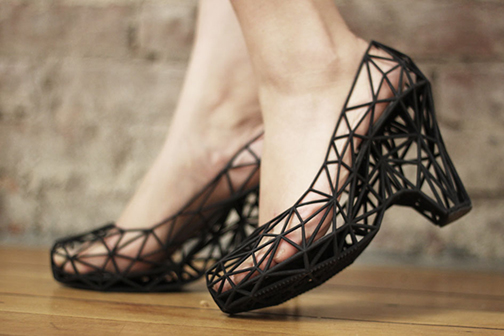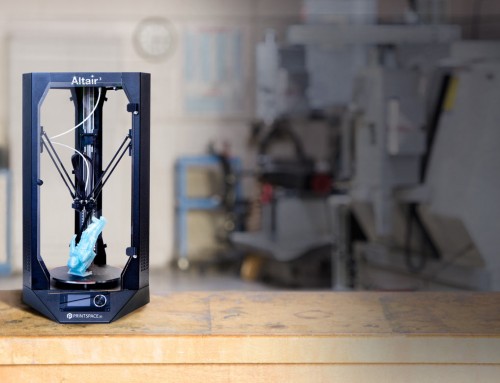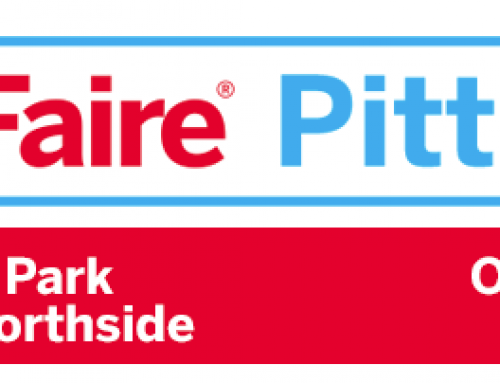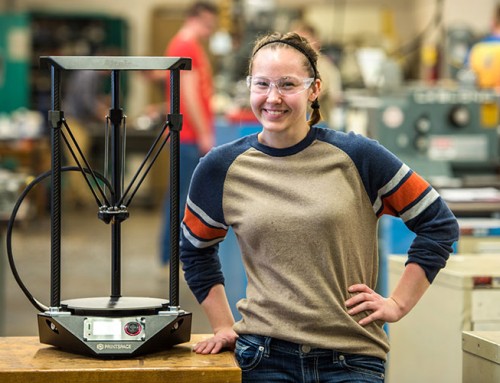The fashion world is really enjoying the power of 3D printing. We’ve touched on this briefly before, but it’s worth talking about again because of how strong the potential impact could be on what we wear. Textiles and clothing have a long history of being tied to manufacturing, and at-home manufacturing is no different.
3D Printing In-Store?
United Nude is a company pushing the boundaries of 3D printing, planning on offering in-store printing of shoes. They also allow printing at home on select models of printers. This is extremely efficient; they don’t have to waste money on stock that won’t be guaranteed to meet their customer’s need, or space on aforementioned stock. They just print what is selling best, and what their customers specifically request.  As for designers, a good example of the work being done is Francis Bitonti. His Dita Von Teese dress draws on some of the greatest strengths of the 3D printing process: it is an extremely complex seventeen piece garment covered in over ten thousand crystals and tailored specifically to the model. It is truly a one of a kind piece of 3D printed fashion.
As for designers, a good example of the work being done is Francis Bitonti. His Dita Von Teese dress draws on some of the greatest strengths of the 3D printing process: it is an extremely complex seventeen piece garment covered in over ten thousand crystals and tailored specifically to the model. It is truly a one of a kind piece of 3D printed fashion.
Filament or Fabric?
When it comes to fabric and textiles specifically, one of the coolest concepts out there is being worked on by Ingrida Kazenaite. It’s called the Fabric Pen and if it goes beyond the concept phase it could mend and alter clothing seamlessly. Although still in the development phase, it seems to be based on a reasonable set of pre-existing technologies – 3D scanning, 3D printing, and Fabrican (a little bit of nano-tech wizardy which creates a non-woven fabric by crosslinking fibers it is sprayed on to). In essence, the Fabric Pen would allow you to scan the fabric that needs to be changed or fixed, and then print by relinking separated fibers based on the scan. The project is currently part of the Electrolux Labs Design competition. As the impact of 3D printing trickles down through the world of clothes, it’s possible that we’ll see the normal trappings of the the clothing retail store go away. Instead of piled shelves, there could be kiosks where you select what you want…select the options you like, click “Buy” and walk away for lunch. An hour later the clothes will be waiting for you at the counter, freshly printed using the same basic technology that’s been doing rapid prototyping for years. Or maybe it’ll stay closer to what we see today, just with a better fit. Regardless, it’s becoming apparent that how we print and what we wear are going to have a greater impact on each other in the future.
*Photo credit: 3D printed shoes by www.continuumfashion.com





